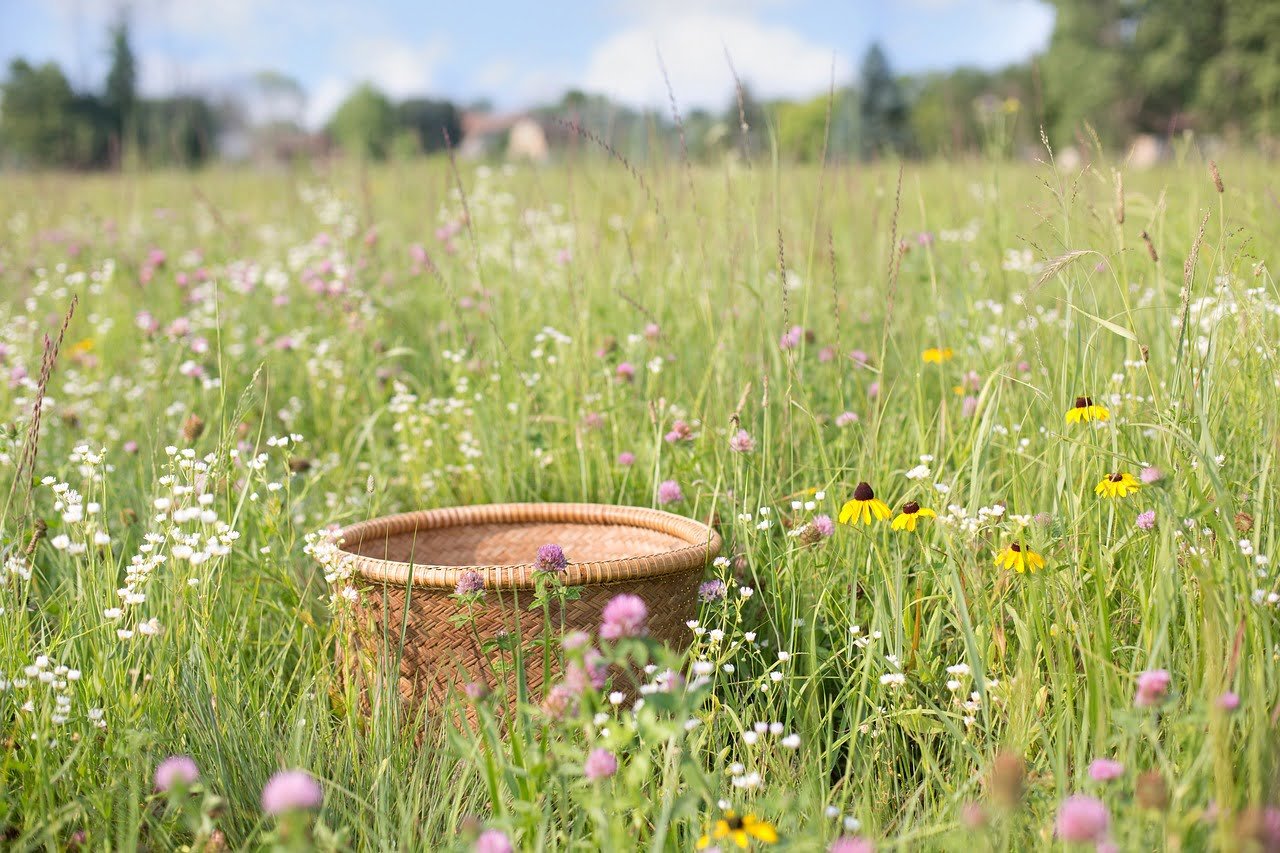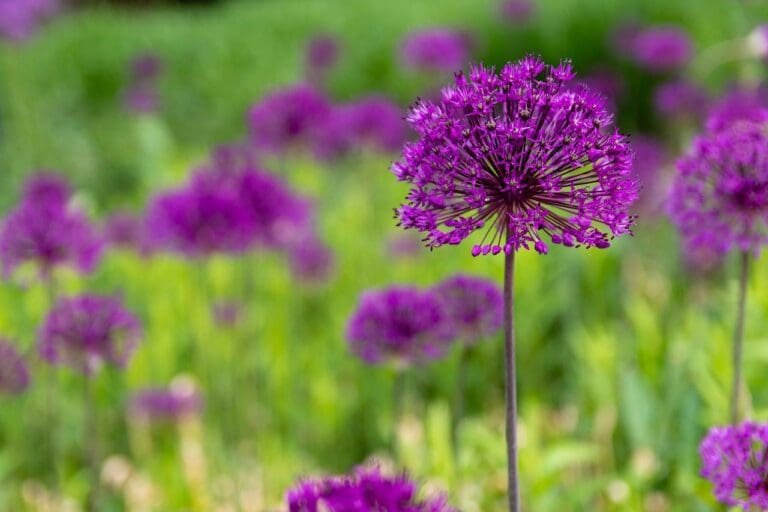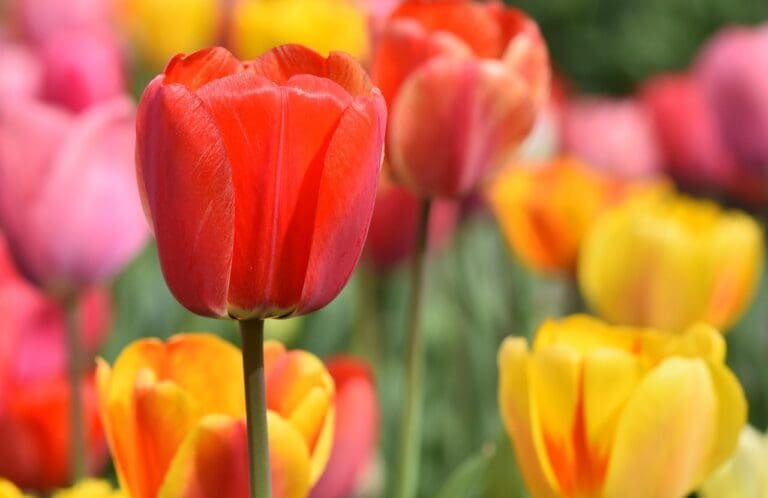Transforming an area of your garden into a wildflower patch is a great way to attract more wildlife. Making a wildflower patch is relatively straightforward as long as you follow these key steps:
1. Choose between an annual or perennial seed mix
2. Choose a sunny, well drained location
3. Prepare the soil for sowing
4. Sow your seeds evenly
5. Maintain your wildflower patch
1. Choose between an annual or perennial mix
Annual wildflower seed mixes are usually vibrant and consist of poppies and cornflowers among others. These annual mixes will flower in the first year but will then need resowing every spring.
Perennial wildflower seed mixes will return year after year; however, they usually take a year to become established and will be unlikely to flower in the first year. Perennial wildflowers perform better on unproductive soil.
Many people who opt for a perennial mix also sow some annuals to ensure there is interest throughout the first year.
2. Choose your location
Whether you’re transforming an area of your lawn, an unused garden bed or even just a large container, be sure to choose a spot that receives at least 6 hours of direct sun a day from May until October. It should also have good drainage; any chance of waterlogging will impact the success of your wildflower patch. If you have healthy fertile soil, it may be worthwhile considering annual mixes whereas poorer, unproductive soils work best for perennial seed mixes.
3. Prepare the soil
When preparing the soil, it is important to remove any weeds and stones before raking to a fine tilth. If you are transforming an area of lawn, first remove the grass using a turf cutter or spade, alternatively you could opt for the no-dig method and lay sheets of cardboard on top of your lawn before covering with soil over winter – this should weaken the lawn sufficiently and enable you to sow your wildflower seeds the following spring.
4. Sow your seeds
Now that you have chosen your seed mix, chosen your location, and prepared the soil, it is now time to finally sow your wildflower seeds in autumn or spring. We recommend reading the sowing instructions on your chosen wildflower mix to ensure the correct coverage is achieved and resist the temptation to overseed. Annual seed mixes are usually sown at approximately 5 grams per m2, perennial mixes are usually 1 gram per m2. Wildflower seeds can be very small and difficult to see where you have sown, therefore it is useful to mix the seeds with silver sand at a ratio of 3 parts sand to 1 part seed mix before sowing. This makes it easier to see where you have sown seeds and makes it much easier to achieve an even coverage.
After sowing your seeds, press in with a board or simply walk over your soil to press the seeds into the ground. Water your seeds and ensure they stay moist whilst germinating. It may also be worthwhile protecting your seeds from birds by covering with a fine net 10cm above the ground.
Your chosen wildflower mix may contain yellow rattle, if it doesn’t, we would recommend adding some to your mix. Yellow rattle is parasitic to grasses and will prevent them for competing with your wildflowers.
An alternative to sowing your own seeds is to purchase wildflower turf rolls or plant plug plants of selected wildflowers in late spring.
5. Carryout annual maintenance.
One of the advantages of creating your own wildflower patch is that it can reduce the amount of maintenance required when compared to mowing the lawn each week. Some weeding may be ongoing, but the only real maintenance required is to cut the wildflower patch right down to a couple of inches in September or October using a strimmer or scythe. The cuttings should be left in place for a couple of weeks before removing, this allows any seeds to drop to the soil in readiness for the cycle to start over in spring.
Advantages of creating a wildflower patch
• Increased biodiversity
• Wildflowers are easy to grow and look beautiful
• Attract more bees and butterflies
• Less ongoing maintenance required
• Attract more birds
Related posts
What is a naturalistic style garden and advice on creating your own
Top 10 plants to attract bees and butterflies in the UK
Other posts
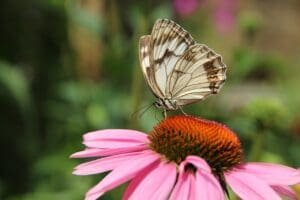
Top 10 plants to attract bees and butterflies in the UK
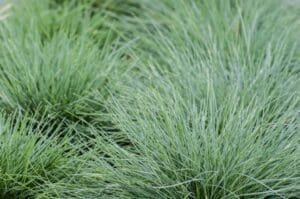
10 of the best ornamental grasses for your naturalistic garden
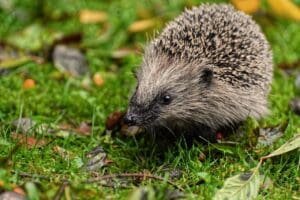
6 Ways to attract wildlife to your garden
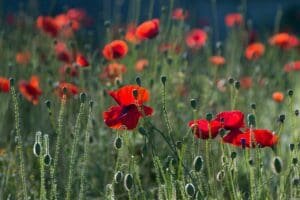
How and when to grow poppies in the UK

